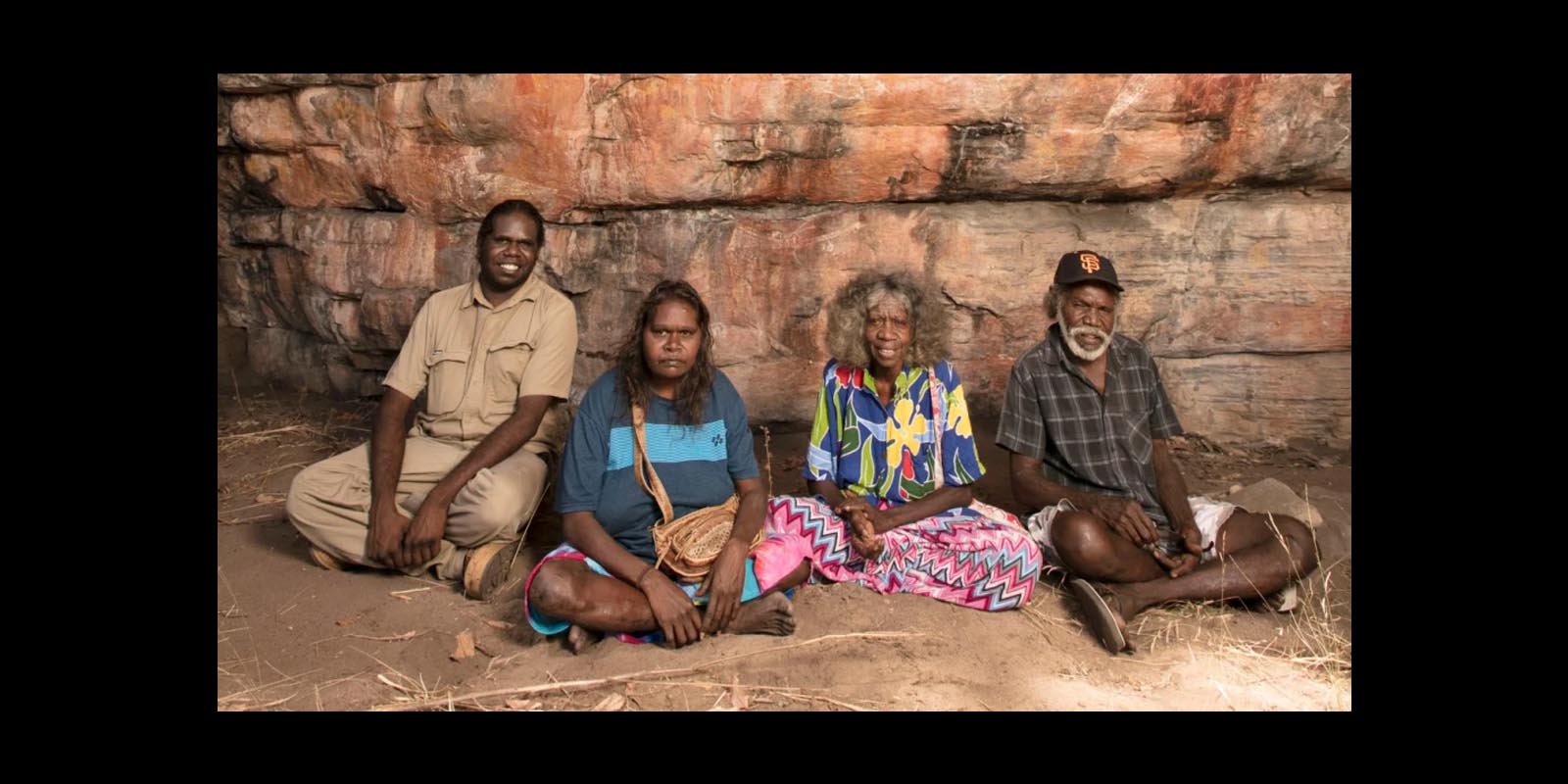The Mirarr are the Traditional Aboriginal Owners of lands in the north of Australia’s Northern Territory. Their country lies mostly within the World Heritage Listed Kakadu National Park and extends out to western Arnhem land. Their country is home to the Ranger uranium mine and Djidbidjidbi (Mount Brockman).
Mirarr people speak many languages. English is often the second or third, sometimes fourth language that they speak, with Kundjeyhmi language the most commonly spoken.
The Mirarr community established Gundjeihmi Aboriginal Corporation (GAC) in 1995 to represent their rights and interests.
Aboriginal people have been in Australia for at least 65,000 years - much longer than the 40,000 years believed by some archaeologists.
Video courtesy and copyright of Gundjeihmi Aboriginal Corporation.
Kakadu National Park. Image source: Wiki Voyage.
Archaeological discovery
Every couple of years a discovery is made that shows mainstream Australia what Aboriginal people have been saying since the beginning – that we have been on this land since the Dreamtime. For many years it was believed by scientists that Aboriginal people had only lived on the land that is now Australia for around 45,000 years. While our community knew this was only a small portion of the time we had truly lived in this country it was not widely accepted as correct.
This changed in 2017 when a rock shelter near the Kakadu National Park on Mirarr Country was excavated. Excavation at the site was conducted under a landmark agreement between the Gundjeihmi Aboriginal Corporation representing the Mirarr people, and the researchers. The agreement allowed a lot of control to be held by the Mirarr people who had the power to stop the excavation at any time, ownership of what was discovered and control what would or wouldn’t be publicly announced.
"It suggests there is a very, very deep continuity and connection between the people living in Kakadu today and probably those living there 65,000 years ago" – Dr Chris Clarkson, University of QLD.
Archaeologists found many artefacts in the shelter with some dating back 65,000 years. This was around 18,000 years earlier than previously thought.
The artefacts that were found include a range of axes, grindstones, flints and ochre and spaces that showed evidence of fireplaces. Archaeologists also found what was at that point the world's oldest-known ground-edge axe head.


The discovery of this axe sharpening stone inside the Kakadu National Park. Image source: The Sydney Morning Herald.
What does this discovery mean?
This discovery brings a lot of what archaeologist thought they new about human history into question. According to associate professor Chris Clarkson of the University of Queensland, it could drastically alter the timeline of the Western idea of the trek out of Africa by modern humans. Most academics believe people left Africa between 80,000 and 100,000 years ago. Western science had found no 'evidence' to suggest that that humans had reached Australia earlier than 50,000 years. The discovery shows our people have been here for at least 65,000 years.
The discovery also shows that our people occupied the land alongside megafauna (giant animals) for around 20,000 before the megafauna went extinct.
The discovery of the some of the artefacts such as the axes shows that Aboriginal people were among the most sophisticated tool-makers of their time as there was no other culture that had such axes, most didn’t have them for another 20,000 years. They also found ground ochre from one of the oldest layers of the ground meaning that history as artists and story tellers goes back further than 65,000 years.


Traditional owners Simon Mudjandi, Rosie Mudjandi, May Nango and Mark Djanjomerr at the Kakadu rock shelter. Image source: The Sydney Morning Herald.
Dating our history today
Every year more and more artefacts are discovered that continue to expand on how long Aboriginal people have walked this country. We know, through our Lore and the Dreamtime that our existence is tied with Country. It is good to see Western science finally catching up with our history.

